Description
Learn More on Photoelasticity
[su_button url=”http://localhost/projects/nationalmeasurementsolutions/?p=376″ icon=”icon: plus”]Principles of Photoelasticity[/su_button]
[su_button url=”http://localhost/projects/nationalmeasurementsolutions/?p=394″ icon=”icon: plus”]Applications of Photoelasticity[/su_button]
[su_spacer size=”10″]
For more than 60 years Tiedemann has been built a large number of suitable polariscopes for different applications and customer demands.
One popular device is the Tiedemann diffuse light polariscope with compensation analyser. This polariscope can be conducted in the most qualitative and quantitative photoelastic studies.
The device consists of several components:

– Light box with diffuse white and monochromatic light source
– Frame for different distances of the filters and load frames
– Polarizer/quarter wavelength combination
– Compensation analyser with two scaled and pivoted polarizing filter and quarter-wave plate
The Polariscopes are available in two diameters:
– Type A and AS: Field of view 340 mm in diameter
– Type B and BS: Field of view 460 mm in diameter
Download Photoelasticity Brochure
Brochure Tiedemann Photoelasticity 2014
Portable Polariscopes

Portable polariscopes are diffuse light polariscopes for linear and circular photoelasticity. Because of its versatility, its ease of handling and low price, it is very often used. All parts of the polariscope (lamps, diffuser, polarizers and cable) are in the housing virtually packable. The fold-down front lid serves as a base plate, into which the filter can be inserted, and the model is placed. Furthermore, the filters can also be used for other applications.
Tiedemann offers two different portable polariscopes:
The Type C has white light only and two single polarization and quarter wave filters.
The field of view is 190 x 190 mm. It is mainly used in laboratories.
Type D is somewhat larger with a field of 215 x 215 mm, two bonded to glass filters of polarization + quarter-wave filters. The light can be switched between white and sodium light.
A further polariscope Type AQ is based on the light box of the Type AS. It offers the same technical data like the Type D, but with a larger field of view of 390 x 390 mm.
Special Polariscopes
 In addition to the models shown above “special” polariscopes are available for large industrial applications or museums. With this type any size of polariscopes can be created. They are as used e.g. for the investigation of security glass in the automotive industry or for presentations in museums.
In addition to the models shown above “special” polariscopes are available for large industrial applications or museums. With this type any size of polariscopes can be created. They are as used e.g. for the investigation of security glass in the automotive industry or for presentations in museums.
The previously manufactured special polariscopes by us range in fields of view from 48 x 48 cm up to 191 x 126 cm. They can be used standing or hanging. They consist of a light box with white lighting, a milk glass plate and the circular polarization film. The analyzer is stretched in a frame the same size. Alternatively, for large analyzer a portable analyzers in the measure 48 x 48 cm are used as well as a special glasses.
These special polariscopes are available on request only.
Reflection Polariscope

Unlike the transmitted light polariscopes above the reflection polariscope works as an incident light polariscope, even overlong distances. The model is irradiated with almost parallel light. On the back of the only a few millimeters thick model a matte Portable Polariscope Type C Portable Polariscope Type D silver paint is applied.
The model can then be loaded in the loading frame or alternatively is glued on the body to be examined. The polarized light passes through the model that is reflected on the back side and passes through the analyzer of a camera that displays the result on a computer screen. Due to the double pass through the model the reflection polariscope is twice as sensitive as the transmitted light polariscope.
Projection Polariscope
Projection of Tension for easy Evaluation

The Tiedemann projection polariscope was developed in the 60s and 70s. Its advantage is that the photo elasticity image of a loaded sample is projected onto a projection surface of 680 x 680 mm. There, the evaluation of the tension in the model indicated by its isochromatics and isoclinics can be easily transferred to tracing paper. The image of the model within the measurement window of D = 340 mm can be increased by 2 to 3 times on the screen.
The projection polariscope consists of three units: the generation of light into parallel light, the mobile, height adjustable measuring table and the projection module. The system requires a footprint of 3 x 3 m. Its net weight is 480 kg. The dimensions are 2500 x 1250 x 1300 mm. For assembling the screen can be removed. This reduces the width to 850 mm. Connection for 230 V, 50 Hz The control of the system via a supplied control program including laptop.
Attachment for overhead projectors with flat models
A simple way to demonstrate stress conditions in models by photoelasticity offers the overhead projector attachment.

Between two frames with streched polarization films simply placed on the overhead projector, flat loadings frames can be placed.
Specifications
Field of view ———— 250mm x 250mm
Load Frames ———— (3) pieces
Models——- Screw Wrench, L-frame with bearing circular disc, U-frame
Load Frames and Models
For accompanying explanation of the method of photoelasticity, the demonstration of elementary and complex stress states and for practical experiments in engineering education different photoelasticity models have been developed. With the models tension rod, bending beams smooth or with different notches, frame corners, srew wrench, wall and disks etc. Tiedemann offers a comprehensive overview of experimental strength theory and and for structural design.
Load frame with large model kit
The stresses in the components can be ideally demonstrated through this load frame placed in a polariscope. Tensile, compressive and bending forces can be applied. 
With its models, it is often used in technical training for materials science and structural design. It is particularly impressive to demonstrate the influence of notches or holes on the stress distribution.
Tiedemann has compiled a set with 16 models, which provides a comprehensive overview of the basic strength and constructive design. All 16 models can be loaded in this frame, usually two loaded models can be viewed simultaneously. The load and fasteners are attached with locking pins and are easily replaceable.
The load frame and the models are clearly laid out in an aluminum case. We include a textbook, outlining all experiments described here.

Specifications
Load frame
Mechanical framework for tensile, compressive and bending forces
Models
1 wall model with cuts
1 flat wrench model
6 tension models (different widths, circular hole, with a notch, two notches, with rib)
7 beam of bending models (with different heights, centric circular hole, with a notch, with two notches, with rib, model of armoured concrete with a limp and prestressed reinforcement)
The seven beam of bending models can be mounted as a cantilever as well
1 frame model for tensile and compressive force
Model material
Polycarbonate
Packaging
all conveniently in aluminum laminated suitcase
Tension Frame with five models

Tiedemann also provides a framework for quantitative tensile load. The frame has a drawing spindle, an analogous ring dynamometer for force measurement and a holder for the tension models.
The set of five different models are included. The models can be easily fixed by plugging in the frame. The framework and the models are designed for the large polariscope.
Specifications
Load frame
Mechanical load frame for tension forces
Tension measurement
analog ring dynamometer 10 kN
Models
5 models (without a notch, with a circular hole with two notches, with constriction, with constriction and notch)
Related Products
[su_button url=”http://localhost/projects/nationalmeasurementsolutions/?p=406″ style=”stroked” icon=”icon: plus”]Lacquer Crack[/su_button]
[su_divider style=”double” size=”2″]

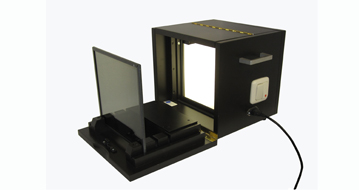
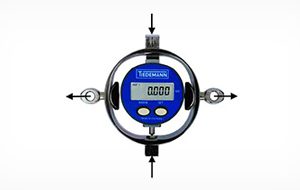
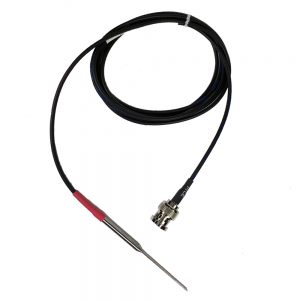
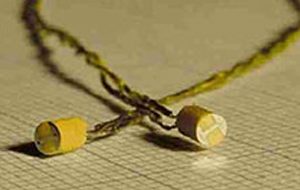
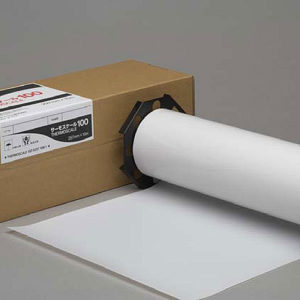


Reviews
There are no reviews yet.